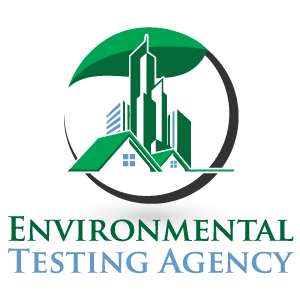Mold Testing and
Inspection In Florida
We are Environmental Testing Agency: Licensed, Certified, and Insured Mold Inspection and Air Quality Testing Company
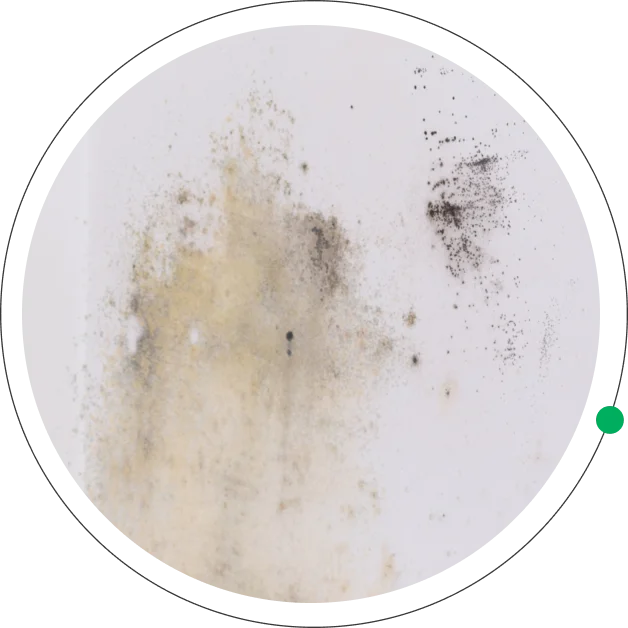
ETA: Your Trusted Partner for Mold Testing in Florida
Seeking peace of mind or clarity on specific mold types in your indoor space? At ETA, we specialize in mold testing in Florida, offering detailed analyses of present mold ecologies. We provide comprehensive identification and quantification to accurately measure mold levels in the ambient air. For individuals with sensitivities, our detailed reports can assist allergy specialists in determining if you are reacting to any fungal species identified in our samples. Notably, for those with a sensitivity to penicillin, our expertise in identifying high levels of Penicillium can help mitigate discomfort in environments with significant fungal presence. Choose ETA for precise and reliable mold testing to ensure your indoor environment is safe and healthy.

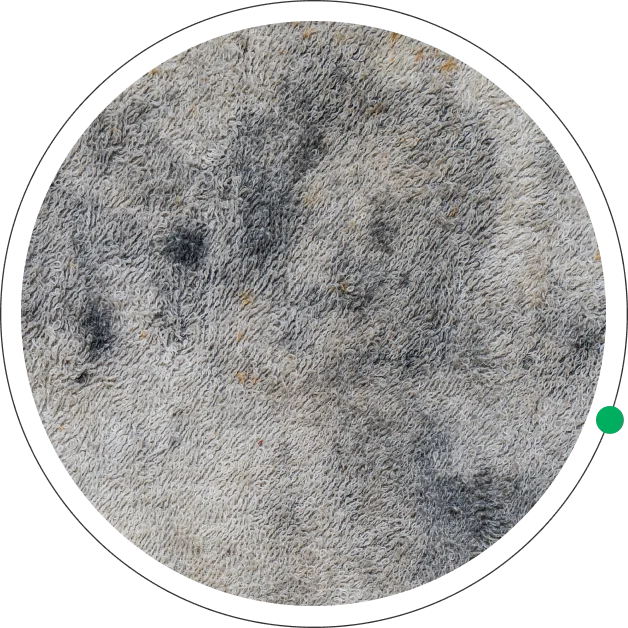
What is Mold?
Mold is virtually omnipresent; it’s rare to find an indoor environment completely free of it. However, mold thrives in conditions where there is excessive moisture, and its presence often signals underlying moisture problems. These organisms, belonging to the fungi kingdom, are known for their thread-like structures and ability to reproduce through spore production. Mold spores can be either unicellular or multicellular, varying widely in size and color. In buildings compromised by moisture, it is not uncommon to find fifty to one hundred different mold varieties flourishing indoors. Understanding these signs and conditions can help in effectively managing and mitigating mold growth in any environment.
Causes of Mold
Common causes of mold in a home or business.
Improper humidity levels can contribute significantly to mold growth in indoor environments.
Improper Humidity
To prevent mold growth from a leaky AC unit, it’s important to address any leaks promptly, ensure regular maintenance of the AC system, monitor indoor humidity levels, and consider professional inspection and cleaning of ductwork if mold growth is suspected.
Leaky AC
By addressing ventilation issues and maintaining appropriate indoor humidity levels, you can help prevent conditions that encourage mold growth and maintain a healthier indoor environment.
Poor Ventilation
To prevent mold growth due to a leaky roof, it’s essential to regularly inspect the roof for signs of damage, maintain gutters and downspouts, address ice dams promptly, and ensure proper roof installation and maintenance by qualified professionals. Early detection and repair of roof leaks can help mitigate water damage and reduce the risk of mold growth in your home.
Leaky Roof
Insufficient or improperly installed insulation in the attic can lead to temperature differentials between the attic and living spaces below. This temperature difference can cause condensation to form on surfaces, contributing to damp conditions and mold growth.
Damp Attic
Call Us today for a free consultation
What are the Symptoms of Mold Toxicity?

Chronic
Sinusitis

Debilitating
Fatigue

Muscle/
Joint Pain

Severe
Irritability

Immune
Dysfunction

Sleep
Issues

Migraine
Headaches

Chronic Sugar
Cravings
Experiencing These Symptoms?
Contact Us for Mold Inspection and Testing!
How to Identify Different Types of Molds

Aspergillus
Aspergillus is a very common fungus. It can grow in many different environments and conditions, including the human body.
People commonly come into contact with the Aspergillus fungus outside, because it grows well in the soil, on leaf litter and other decaying vegetation, and on seeds and grains. It can also appear indoors, particularly in buildings that have been damaged by water.
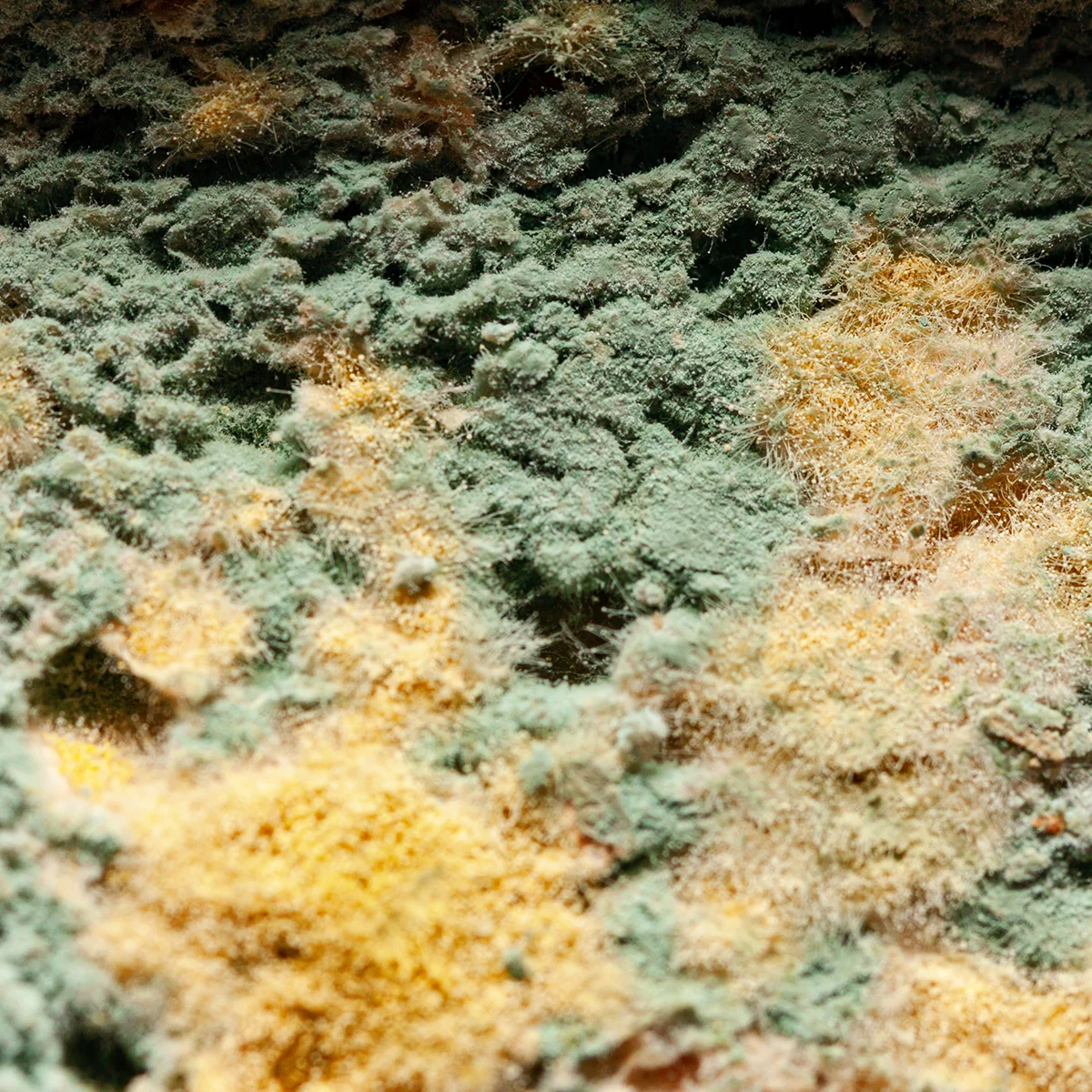
Penicillium
Penicillium is commonly found both indoors and outdoors. Its spores easily become airborne or attach to clothing, making it a common occupant in food items and various surfaces within a home. While some species are used beneficially in antibiotic production (notably Penicillin), others can lead to respiratory issues, particularly in those with allergies or weakened immune systems.
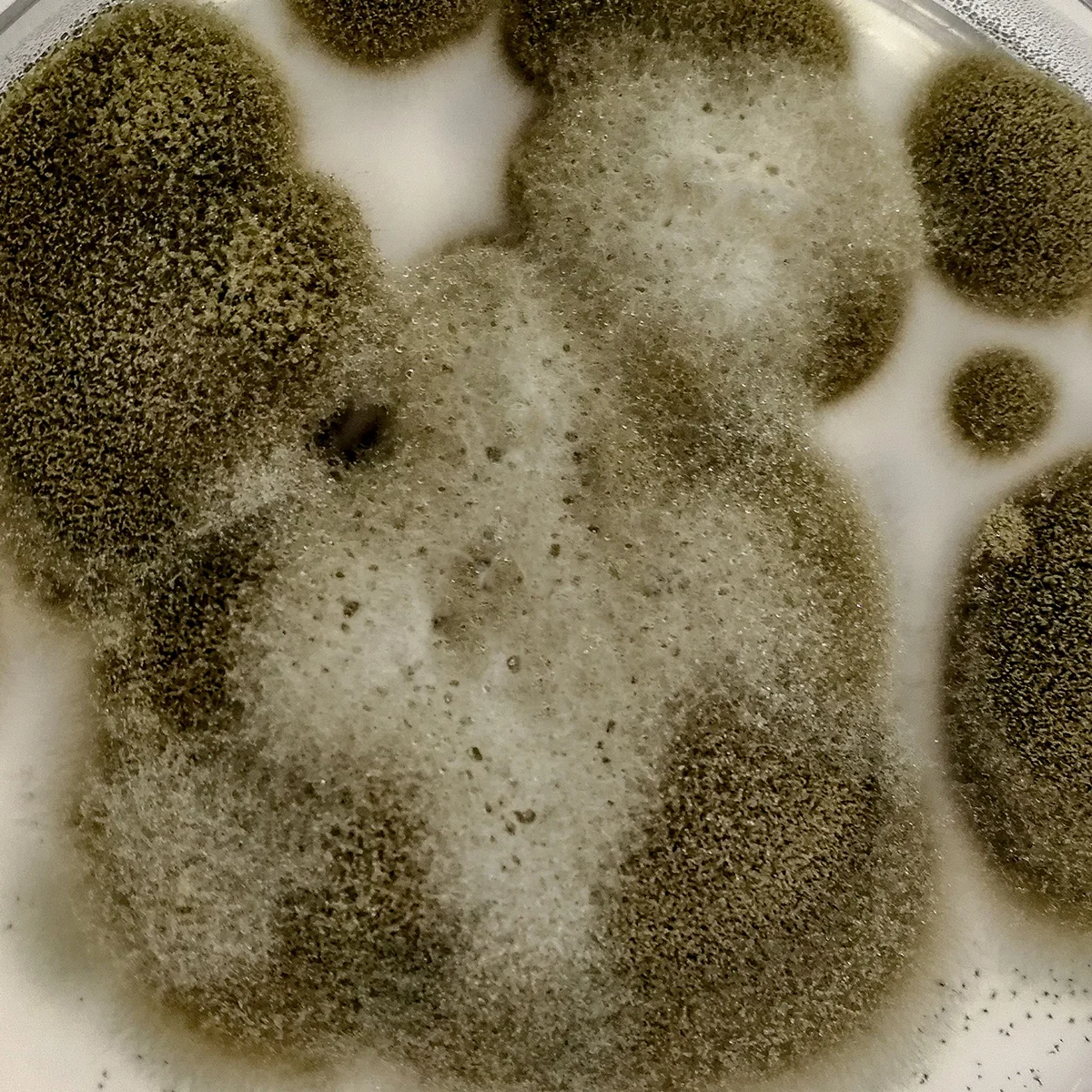
Cladosporium
Cladosporium is known for its ability to grow in cooler temperatures and can be found in both indoor and outdoor environments. Typically found on fabrics, upholsteries, and carpets, it can trigger allergies and asthma, particularly in high concentrations.

Chaetomium
Chaetomium is reported as being one of the most common types of mold found in water-damaged or damp homes. Chaetomium is also sometimes referred to as the “other black mold,” and confused with Stachybotrys chartarum by the average concerned homeowner.
This mold can be found on many different types of materials, including wallpaper, drywall, door and window trim, paper, baseboards, carpets, cardboard, and furniture containing cotton.
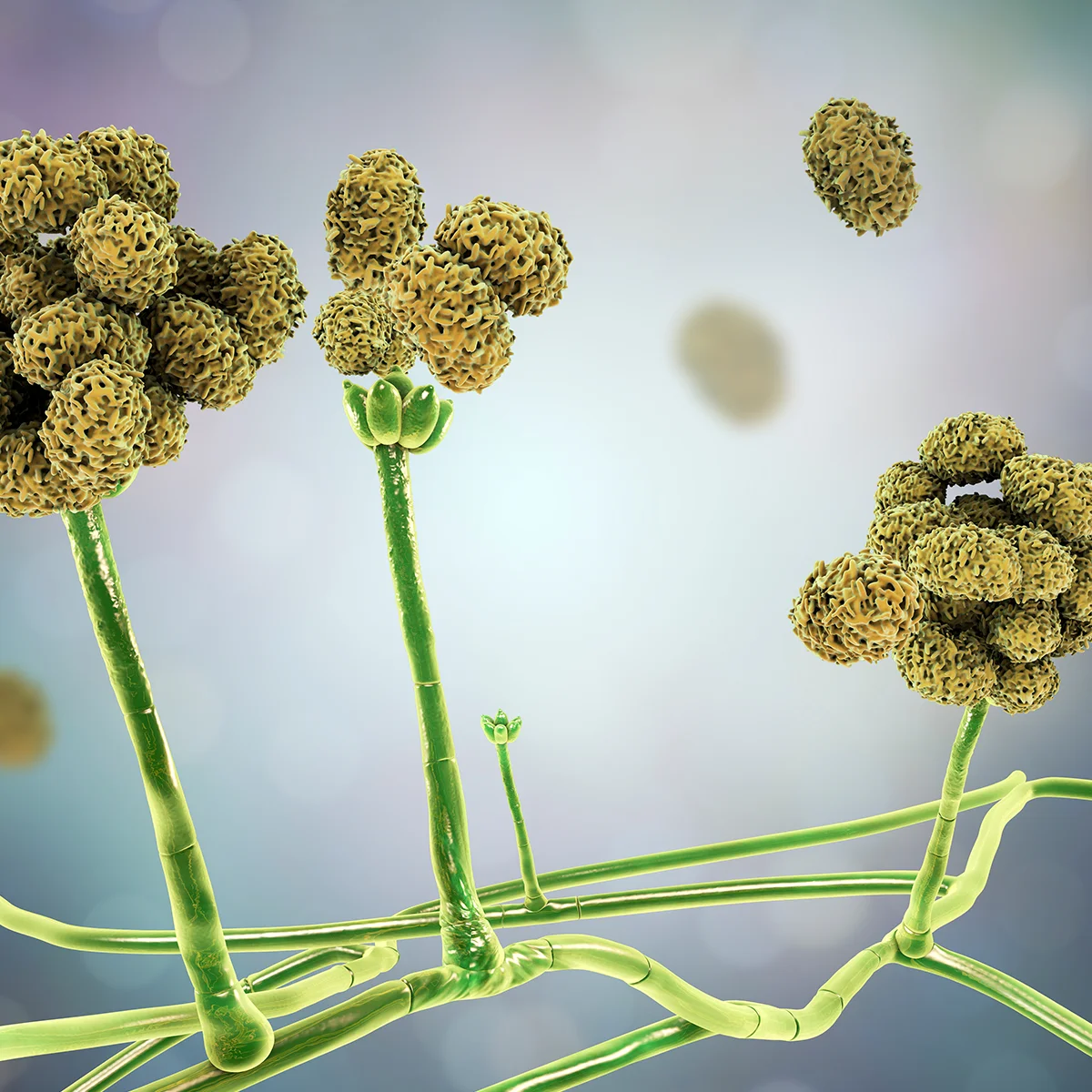
Stachybotrys
Stachybotrys chartarum is a fungus that has become notorious as a mycotoxin producer that can cause animal and human mycotoxicosis. S. chartarum growing on natural or man made substrates can often be identified by a person familiar with its growth pattern. However, there are some very dark dematiaceous Hyphomycetes which look similar, therefore microscopic examination of the fungus is needed to confirm identification.

Fusarium
Fusarium is a plant and human pathogen readily recovered from soil and water and is part of water biofilms. The species most frequently causing infection in humans are Fusarium solani, Fusarium oxysporum, and Fusarium moniliforme. The principal portal of entry for Fusarium spp. is the airways, followed by the skin at sites of tissue breakdown, and, possibly, the mucosal membranes.
Can’t Identify Mold in
Your Home or Building?
Contact Environmental Testing Agency
We’ve got you covered 24/7!
Professional Mold Inspection & Air
Quality Testing Services in South Florida.
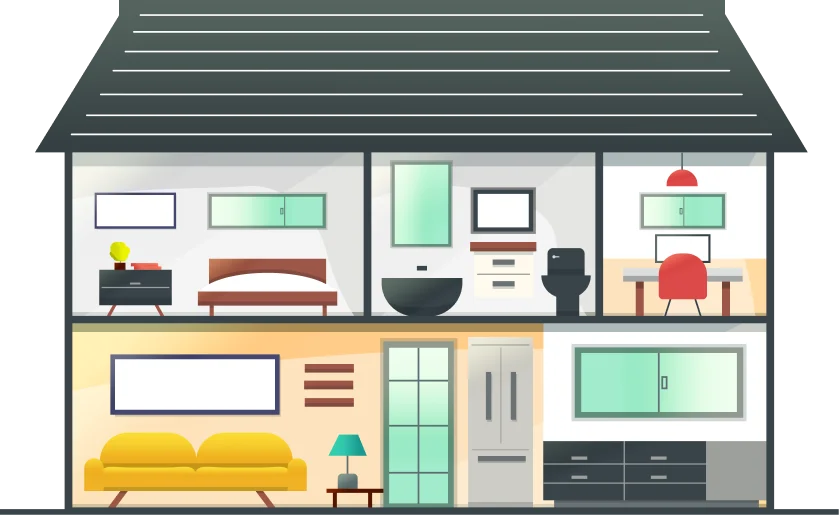
What Is Mold Inspection
Control and
Prevention.
The best way to control dampness and mold indoors is to control the sources of moisture. Preventing the problem from developing as well as fixing new problems quickly is key.
Important steps to keep in consideration
- Keep indoor humidity levels below 50 percent.
- Fix all leaks.
- Increase air movement and ventilation.
- Run exhaust fans in the bathroom and kitchen to reduce moisture.
- Keep appliance drip pans clean.
- Regularly and thoroughly clean places where fungi are likely to grow.
- Hire a mold inspection service.
The Mold Inspection Process

DETECTION
We’ll discover the source of infrastructure damage. This is imperative and also the first step in our process.

TESTING
We send all samples to an accredited laboratory. Our labs know this is our priority and will give the most detailed results possible.

ASSESSMENT
Our certified and licensed assessors will compile a comprehensive report providing our documentation and lab analysis. All information comes with a scope of work.

Why Choose Environmental
Testing Agency?
Our team is comprised of industry-certified experts with extensive knowledge and experience in environmental testing. We utilize the latest technology and methodologies to ensure accurate and reliable results, making us leaders in the field.
Expertise
We are committed to providing exceptional customer service. Our team is responsive, thorough, and dedicated to assisting clients through every step of the testing process. We prioritize clear communication and tailored solutions to meet your specific needs.
Costumer Service
Quality is at the core of everything we do. From rigorous testing procedures to detailed reporting, we ensure that all services meet the highest standards. Our commitment to quality helps clients make informed decisions based on dependable data.
Quality
Licensed, Certified,
and Insured Mold Inspection
and Air Quality Testing Company.
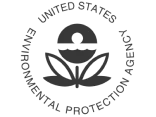
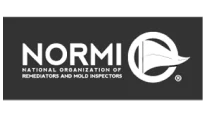



Before Booking an Air Quality Test
and Mold inspection Services
Receive $50 off!

Preventing Mold Growth
1. Controlling
moisture levels
2. Proper ventilation techniques
3. Regular home maintenance and repair
4. Use mold-resistant products and materials
Mold FAQ’S
A mold inspection typically involves a thorough assessment of a property to identify any mold growth and to determine the extent of the problem. It’s important to note that mold inspections are typically conducted by professionals trained in mold detection and remediation. If mold is found, further steps may be necessary to address the problem, such as mold remediation and ensuring proper moisture control in the affected areas.
The duration of a mold inspection can vary depending on several factors, including the size of the property, the extent of the suspected mold problem, and the thoroughness of the inspection process.As a rough estimate, a standard residential mold inspection for a moderately-sized home might take anywhere from 1 to 3 hours. Larger homes or more complex properties might require longer inspection times. It’s important for the inspector to take sufficient time to thoroughly assess the property and provide accurate findings and recommendations.
The specific equipment used during a mold inspection can vary based on the inspection protocol followed by the inspector and the nature of the suspected mold problem. Professional mold inspectors are trained to use these tools effectively to identify and assess mold issues in residential, commercial, and industrial settings
Yes, mold can definitely be hidden behind walls or under floors. Mold requires moisture to grow, and areas with hidden moisture problems are prime locations for mold growth.Detecting mold hidden behind walls or under floors often requires specialized equipment like thermal imaging cameras, moisture meters, or borescopes that can reveal moisture and mold growth without causing damage to the building materials. If there are signs of water damage, musty odors, or visible mold elsewhere in the property, it’s important to consider the possibility of hidden mold and conduct a thorough inspection to address the issue properly.
The frequency of mold inspections for your home depends on several factors, including the climate, the age and condition of your home, past moisture issues, and your sensitivity to mold or allergies.Ultimately, the decision on how often to have your home inspected for mold should be based on your specific circumstances and any risk factors present in your home environment. Regular inspections can help identify and address mold issues early, potentially saving you from more extensive remediation efforts later on.
The distinction between mold inspection and mold testing lies in their primary objectives and methods. A mold inspection involves a visual assessment of a property conducted by a trained professional to identify visible mold growth, water damage, and conditions conducive to mold. This process includes using tools like moisture meters and thermal imaging cameras to detect hidden moisture or mold behind walls. Its goal is to provide a comprehensive evaluation of potential mold issues and recommend appropriate remediation measures based on visible evidence and moisture levels. On the other hand, mold testing involves collecting samples from the air or surfaces within the property and analyzing them in a laboratory to confirm the presence of mold, identify the types present, and quantify their concentrations. Testing provides specific data on mold species and levels, helping to assess the severity of the problem and guide targeted remediation efforts. Together, inspection and testing form a comprehensive approach to managing mold by first identifying its presence and then confirming and quantifying its impact on indoor air quality and safety.
There are several types of mold tests available, each serving different purposes in assessing mold presence, identifying types of mold, and quantifying mold levels in indoor environments.Each type of mold test has its advantages and limitations, and the choice of which test to use depends on factors such as the suspected extent of mold growth, the specific information needed (e.g., type of mold, spore concentration), and the goals of the assessment. Professional mold inspectors or environmental consultants can recommend the most appropriate testing methods based on the situation.
“The accuracy of mold tests can vary depending on several factors, including the type of test used, the sampling methods employed, the conditions during sampling, and the interpretation of results. In summary, while mold tests can provide valuable information about mold presence, types, and concentrations, they are not infallible. It’s essential to use reputable laboratories and trained professionals for sampling and interpretation. Additionally, mold tests should be considered as part of a broader assessment that includes visual inspection and consideration of environmental conditions to provide a comprehensive understanding of mold issues in a property.”
The turnaround time for mold testing results can vary depending on several factors, including the type of test performed, the laboratory’s workload, and the specific protocols of the testing facility. After receiving the results, it’s advisable to review them with a qualified professional who can provide interpretation and recommendations based on the findings. They can help determine if remediation measures are necessary and guide further actions to address any mold issues identified.
Whether you should do mold testing yourself or hire a professional depends on several factors, including your expertise, the complexity of the situation, and the level of accuracy and reliability required.n conclusion, while DIY mold testing kits can be a cost-effective initial step for basic assessments, professional mold testing is generally recommended for more accurate, comprehensive, and reliable results. It ensures that potential mold issues are properly identified, assessed, and addressed according to industry standards and best practices.
Areas We Serve
In Florida
1. Miami Dade
- Coral Gables
- Coconut Grove
- Miami Beach
- Star, Palm & Hibiscus Island
- Key Biscayne
- Keystone Islands
- San Souci
- Miami Shores
- Pinecrest
- Brickel
- Bal Harbor
- Bay Harbor Islands
- Indian Creek
- Surfside
- Eastern Shores
- Sunny Isles
- Aventura
- Golden Isles
- Golden Beach
- The Roads
2. Broward
3.Palm Beach
- Royal Palm Beach
- Lake Worth
- Lantana
- Boca Raton
- Boynton Beach
- Manalapan
- Singer Island
- South Palm Beach
- North Palm Beach
- Tequesta
- Highland Beach
- Ocean Ridge
- Country Club Acres
1. Miami Dade
- Coral Gables
- Coconut Grove
- Miami Beach
- Star, Palm & Hibiscus Island
- Key Biscayne
- Keystone Islands
- San Souci
- Miami Shores
- Pinecrest
- Brickel
- Bal Harbor
- Bay Harbor Islands
- Indian Creek
- Surfside
- Eastern Shores
- Sunny Isles
- Aventura
- Golden Isles
- Golden Beach
- The Roads
2. Broward
- Bonaventure
- Hallandale
- Miramar
- Hillsboro Beach
- North Lauderdale
- Coconut Creek
- Hollywood
- Sea Ranch Lakes
- Oakland Park
- Sunrise
- Coral Springs
- Parkland
- Dania
- Lauderdale By The Sea
- Pembroke Park
- Tamarac
- Davie
- Pembroke Pines
- University Park
- Deerfield Beach
- Plantation
- Weston
- Fort Lauderdale
- Lighthouse Point
- Pompano Beach
- Wilton Manors
3. Palm Beach
- Royal Palm Beach
- Lake Worth
- Lantana
- Boca Raton
- Boynton Beach
- Manalapan
- Singer Island
- South Palm Beach
- North Palm Beach
- Tequesta
- Highland Beach
- Ocean Ridge
- Country Club Acres
- Jupiter
- Palm Beach
- Jupiter Inlet Colony
- Palm Beach Gardens
- Wellington
- Jupiter Island
- Palm Beach Shores
- Delray Beach
- Palm Springs
- Lake Clarke Shores
- Pelican Lake
- West Palm Beach

